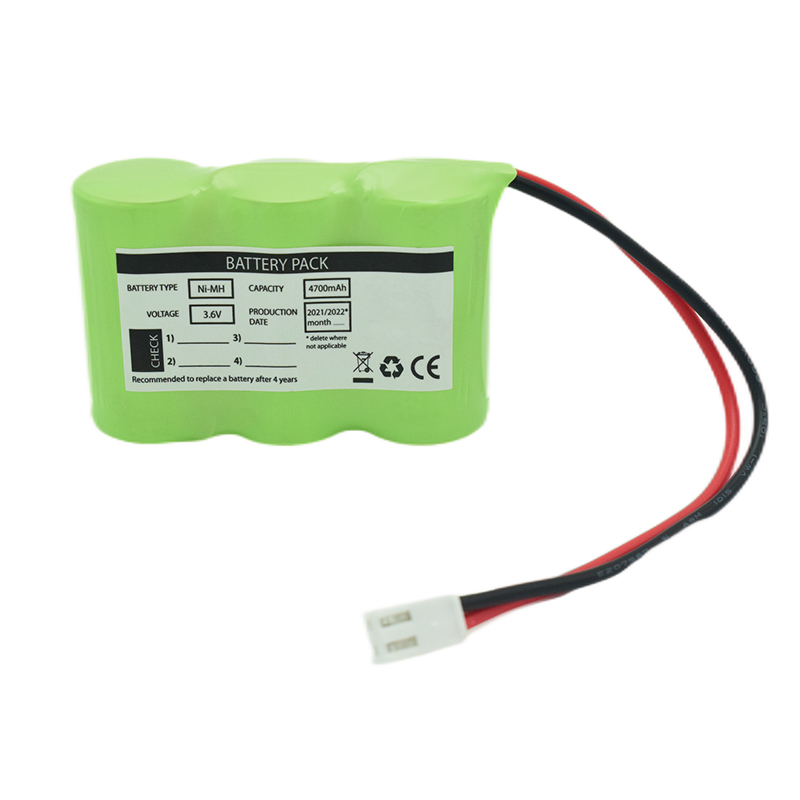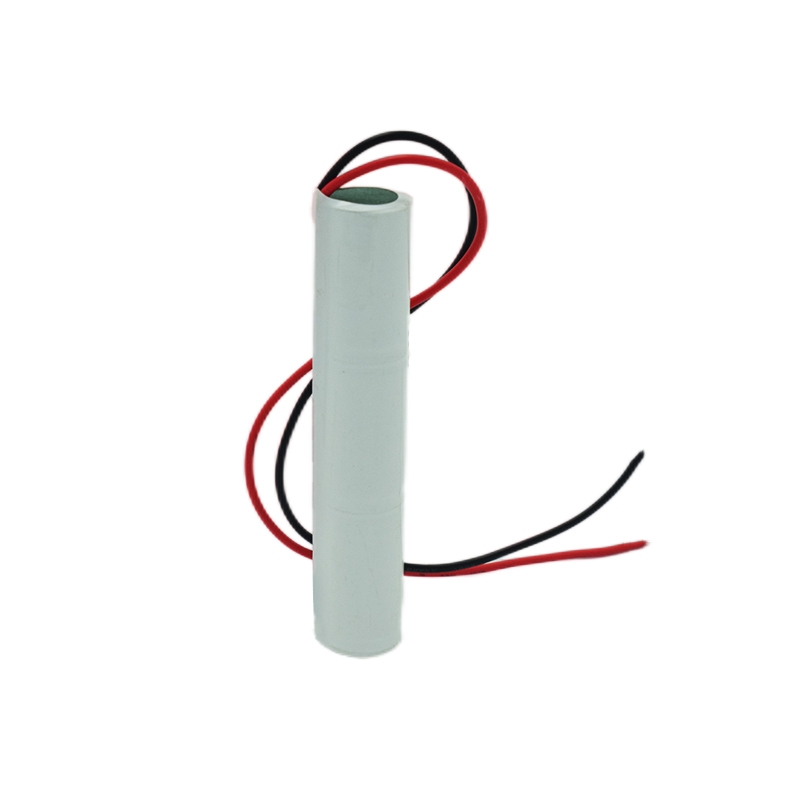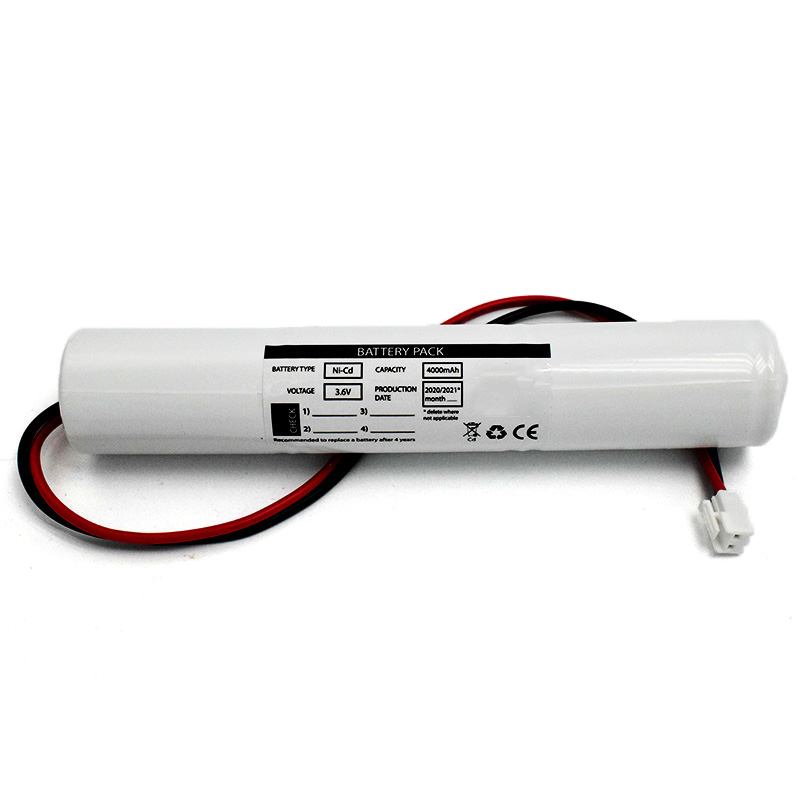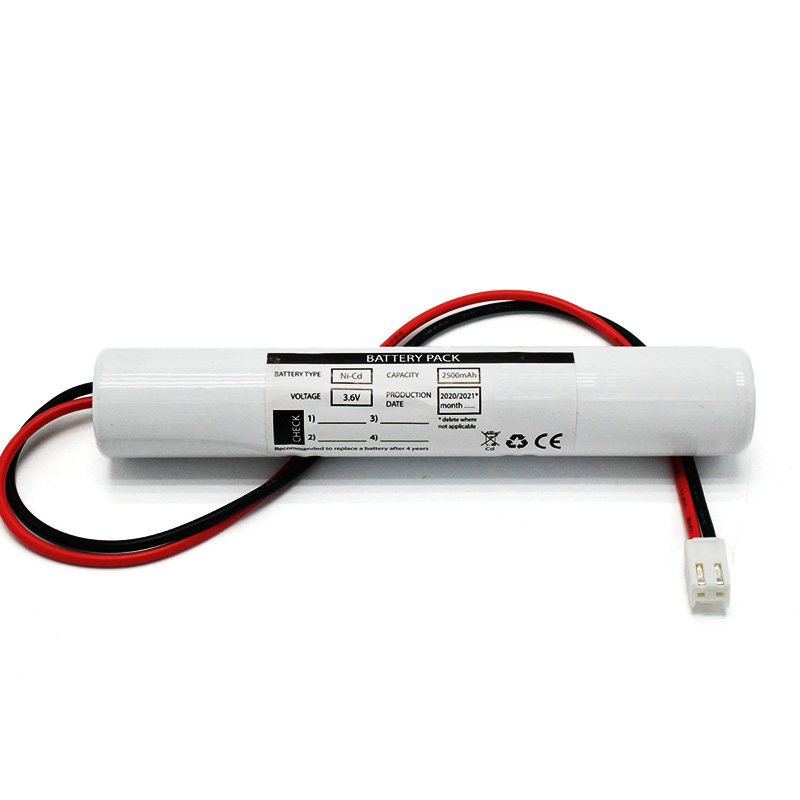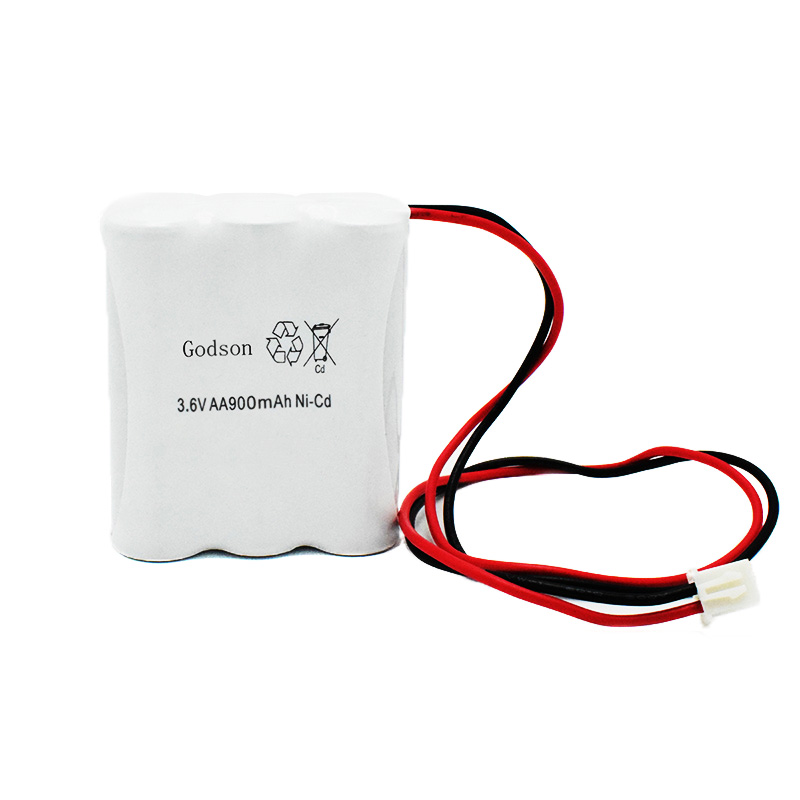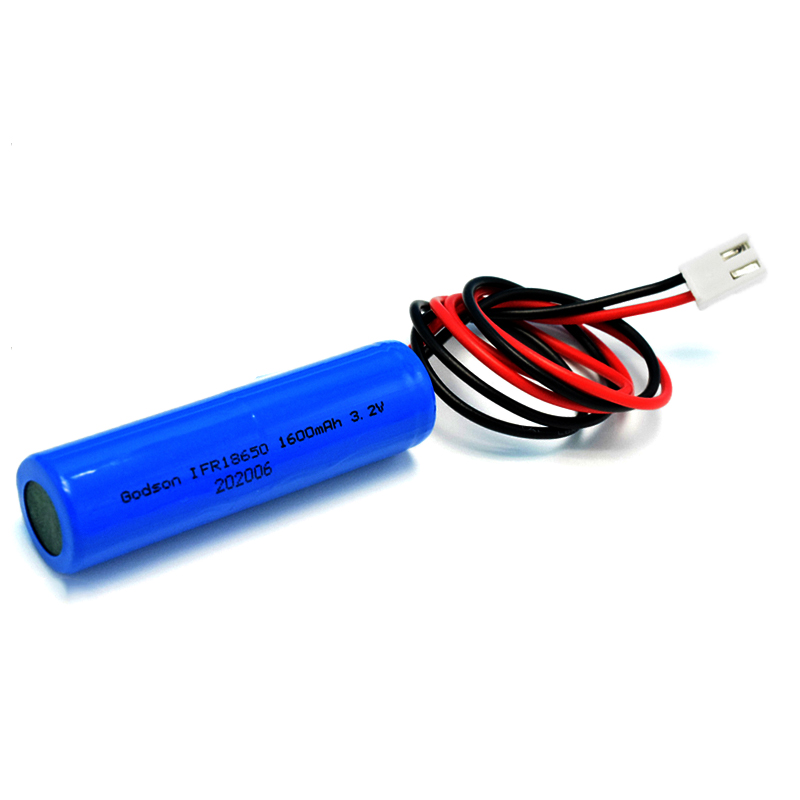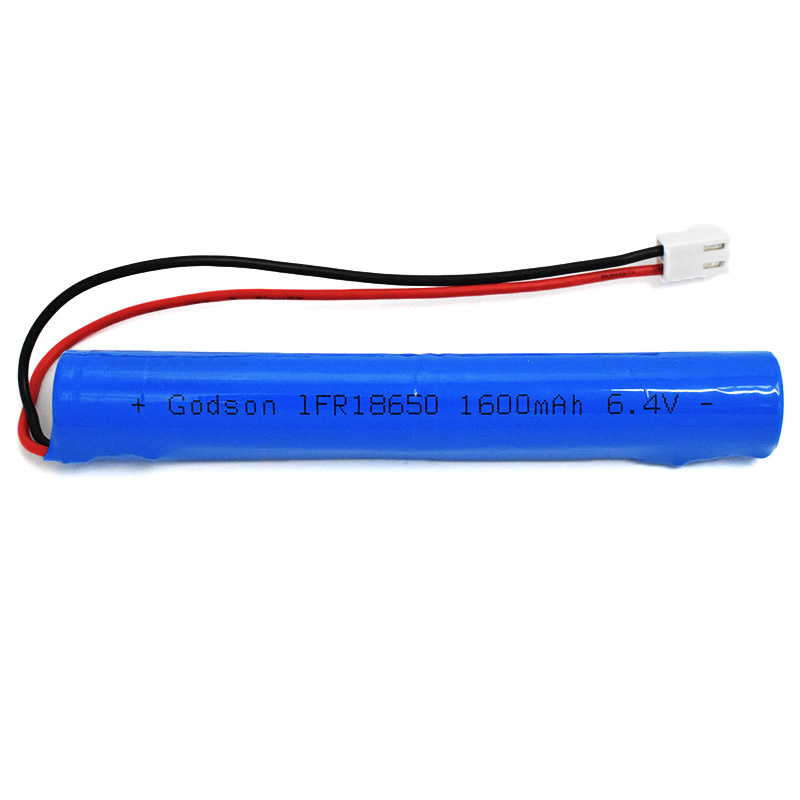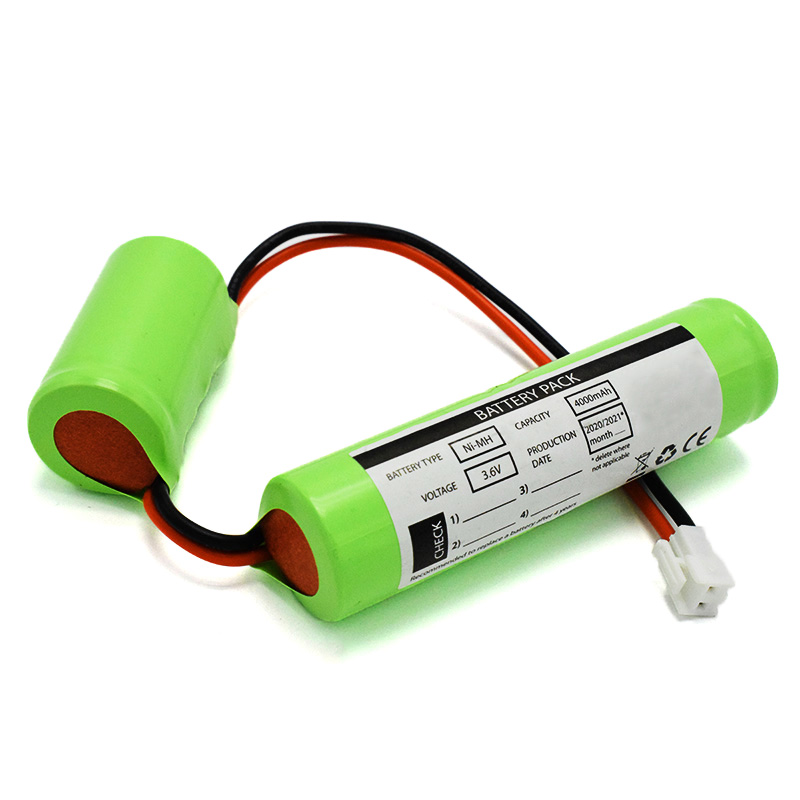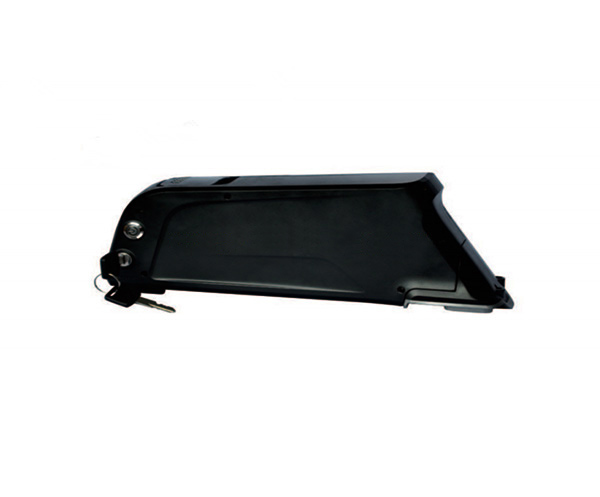LiFePO4 vs Lithium-Ion Batteries: Key Differences and Benefits Explained
In recent years, the battery industry has made remarkable strides, with advanced technologies becoming increasingly accessible. One of the most notable innovations in this rapidly evolving field is Lithium Iron Phosphate, commonly known as LiFePO4 or LFP.
The cost of LFP batteries has dropped significantly, while their performance and efficiency have seen major improvements. As a result, they are quickly emerging as a preferred alternative to traditional lithium-ion (Li-ion) batteries for a wide range of applications — from off-grid and solar energy systems to Electric Vehicles (EVs).
Although LiFePO4 batteries share similarities with Li-ion models, they offer distinct advantages that make them especially well-suited for consumer-grade backup power and energy storage solutions.
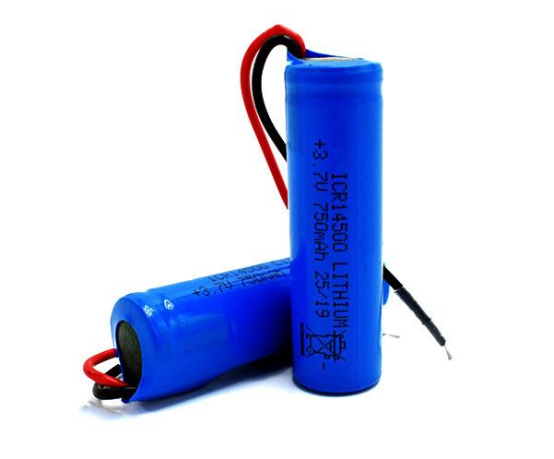
What’s the Difference Between LiFePO4 and Lithium-Ion Battery Chemistries?
Both LiFePO4 and lithium-ion batteries are rechargeable energy storage systems that rely on the movement of lithium ions to store and release electricity. While they share several similarities, there are key differences in their chemical makeup and performance characteristics.
LiFePO4 (Lithium Iron Phosphate) Batteries
LiFePO4 batteries are a specific type of lithium-ion battery that uses a distinct chemical composition, offering several advantages over other lithium technologies. They’re increasingly popular in off-grid systems, solar setups, and backup power solutions.
The name LiFePO4 comes from the material used in the cathode — lithium iron phosphate. The anode is typically made of carbon, while the electrolyte consists of a lithium salt dissolved in an organic solvent.
This particular chemistry delivers enhanced safety and stability. Thanks to the strong covalent bonds between the iron, phosphorus, and oxygen atoms in the cathode, LiFePO4 batteries are far less susceptible to overheating and thermal runaway.
Another notable advantage is that LiFePO4 batteries do not require nickel or cobalt — two metals that are both limited in supply and often come from ethically questionable sources.
Lithium-Ion Batteries
The term lithium-ion battery actually refers to a broad category of battery types that use different chemical compositions for the cathode. These include lithium manganese oxide (LMO), lithium cobalt oxide (LiCoO2), and even lithium iron phosphate (LiFePO4) itself.
All lithium-ion batteries share three core components: a cathode, an anode (usually made of carbon), and an electrolyte containing lithium salt. The primary difference lies in the cathode’s chemical makeup, which determines the battery’s performance, safety, and lifespan characteristics.
During charging and discharging, lithium ions move between the cathode and anode, while electrons flow in the opposite direction through an external circuit — creating an electrical current. While the basic operating principle is the same, different chemistries affect each battery’s durability, energy density, cost, and safety profile.
LiFePO4 vs. Lithium-Ion Batteries: How Do They Compare?
When choosing between LiFePO4 and traditional lithium-ion batteries, it’s essential to understand how they differ in safety, performance, lifespan, and overall value. Let’s break down the key comparisons:
Safety
LiFePO4 batteries are widely regarded as safer than standard lithium-ion batteries. Thanks to the strong covalent bonds between iron, phosphorus, and oxygen atoms in the cathode, they are highly stable and far less prone to thermal runaway or overheating — issues that have given conventional Li-ion batteries a reputation for fire risks.
This stability makes LiFePO4 the preferred option for off-grid systems, solar setups, and home backup power, where safety is critical. Homeowners can store these batteries indoors without worrying about fire hazards.
Energy Density
In terms of energy density — the amount of energy stored per unit of weight or volume — lithium-ion batteries typically have the advantage. A standard Li-ion battery offers an energy density of around 45–120 Wh/lb (100–265 Wh/kg), while LiFePO4 typically ranges between 40–55 Wh/lb (90–120 Wh/kg).
Weight
Energy density influences battery weight, and while LiFePO4 battery banks can be marginally heavier than their Li-ion counterparts, the difference is often minor. In fact, LiFePO4 batteries use lighter metals, which can offset this to some extent.
Operating Temperature Range
LiFePO4 batteries perform reliably across a much wider temperature range, typically from -4°F to 140°F (-20°C to 60°C). In contrast, conventional Li-ion batteries function best within 32°F to 113°F (0°C to 45°C).
This makes LiFePO4 an excellent option for both indoor and outdoor use, as it’s less affected by extreme heat or cold and doesn’t require climate-controlled storage.
Lifespan
One of the biggest advantages of LiFePO4 technology is its significantly longer cycle life. While typical Li-ion batteries last around 500 cycles before performance starts to decline, LiFePO4 models can endure thousands of charge cycles.
This extended lifespan means fewer replacements, lower long-term costs, and a reduced environmental footprint — made even better by the absence of nickel and cobalt in LFP batteries.
Cost
Per watt-hour, LiFePO4 batteries can sometimes be slightly more expensive than traditional Li-ion models due to lower market supply and newer technology. However, since LiFePO4 avoids the volatile pricing of nickel and cobalt, its long-term pricing is more stable.
The added safety, durability, and lifespan benefits justify any slight price difference, delivering better overall value over time.
Self-Discharge Rate
LiFePO4 batteries offer a low self-discharge rate of around 1–3% per month, depending on storage conditions and temperature. This makes them ideal for backup systems or infrequent use, as they retain their charge well over long periods.
For best performance, it’s recommended to top up the battery every few months.
Voltage
LiFePO4 cells have a nominal voltage of about 3.2V, compared to 3.6V–3.7V for typical Li-ion cells. This slight difference affects the design of battery packs and the compatible operating voltages for connected devices — something manufacturers account for in system designs.
Is LiFePO4 Better Than Lithium-Ion?
LiFePO4 batteries outperform traditional lithium-ion in several critical areas — offering superior safety, a significantly longer lifespan, and enhanced thermal stability. These qualities make them especially well-suited for long-term, continuous use.
While lithium-ion batteries may have a lower upfront cost and simpler maintenance, their vulnerability to overheating and thermal runaway presents notable risks. For anyone prioritizing reliability, durability, and environmental responsibility, LiFePO4 is the smarter, future-proof choice.
LiFePO4 vs. Lithium-Ion: Which Is Right for You?
If you're looking for a dependable off-grid power solution you can count on for years, LiFePO4 batteries are the clear winner. Their advanced safety profile alone justifies the investment — eliminating concerns over overheating and thermal instability common with lithium-ion batteries.
Additionally, LiFePO4 offers a dramatically longer service life. With a cycle life exceeding five times that of typical lithium-ion models, you’ll enjoy dependable power long after other batteries have failed, reducing both replacement costs and environmental waste.
Frequently Asked Questions
Is a Lithium Ion Battery the Same as a Lithium Iron Battery?
No, a lithium-ion (Li-ion) battery differs from a lithium iron phosphate (LiFePO4) battery. The two batteries share some similarities but differ in performance, longevity, and chemical composition. LiFePO4 batteries are known for their longer lifespan, increased thermal stability, and enhanced safety. LiFePO4 batteries also do not use nickel or cobalt.
Final Thoughts
LiFePO4 is a subtype of Li-ion battery that improves the safety, lifespan, and optimal temperature range of off-grid power solutions. They’re the clear choice for anyone wishing to power devices and appliances off-grid while saving on long-term costs and limiting the environmental impact.

















